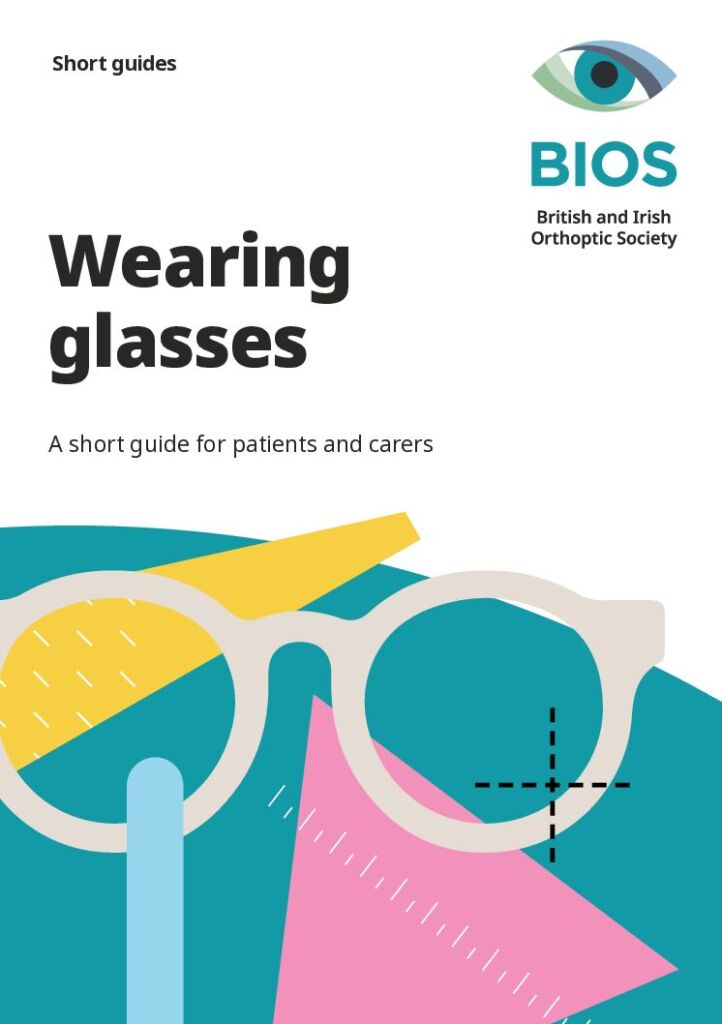

Our #WePatch campaign offers help with supporting a child who’s wearing a patch or being treated with eye drops for amblyopia.
Occlusion therapy is an extremely effective treatment for amblyopia, a condition where one eye’s vision doesn’t develop as well as the other. In this therapy, the stronger eye is covered with a patch or blurred with eye drops to help the weaker eye improve. While it can be challenging for both kids and parents, we’ve put together some simple tips and resources to make the process easier and even fun!
You can find out more about amblyopia and patching in our short guide. Scroll down for our other short guides and an amblyopia FAQ.
Super Eyes: Cartoon about patching and occlusion
Find out more about our campaign for a national orthoptic-led vision screening service for England.
What to expect when patching
While wearing their patch, some children may find some tasks more challenging, like colouring, reading, writing, or catching a ball. They may have a tendency to tilt or turn their head, or change their behaviour. This is normal and a sign that their weaker eye is working hard. Offering encouragement and allowing extra time for activities can help ease any frustration.
Your involvement and creativity make a big difference in their success. If you have any questions or concerns about patching or your child’s wellbeing, please don’t hesitate to reach out to your orthoptist.
Top tips for patching success
- Use a visual timer. Seeing the time count down can help them feel more in control.
- For children with sensitive skin, milk of magnesia can help. Spread it on the area where the patch will go, let it dry, and then apply the patch.
- Encourage activities that keep their hands busy while patching, like crafts, drawing, or playing. Mealtimes also work well since they’re already focused on eating.
- Routine and consistency is key! Try patching at the same time every day. Using mealtimes as markers can help—for example, putting the patch on at breakfast and taking it off at snack time.
- Make it Fun! Let your child decorate their patches with stickers or drawings before wearing them. You could also tie patching to a favourite activity, like wearing the patch during iPad time or creating a special “patch and play” session.
- Consider their vision and plan engaging activities that work well with blurred vision, such as playing with larger toys, doing crafts, watching cartoons or listening to audiobooks.
- Track progress and celebrate small wins. Ask your orthoptist for a patching poster or diary to complete. Stickers, stars, or rewards for milestones can help keep them motivated. We’ve included some patching and atropine diaries in the resources section below.
Patching parties
Many departments around the country host patching parties, where children who patch or occlude can meet together for games, craft activities, music and stories. This also gives the adults who support them the opportunity to meet and share experiences and tips.
Ask your orthoptist if this is something that happens near you.
Helpful resources to support occlusion
- Occlusion Diary: Patching / Eye Drops
- Colouring in sheets: Oxi / Orb / Eye Clinic

Amblyopia FAQ
For Orthoptists:
- Template letter to child: Patching / Atropine
- Template letter to parent/guardian: Patching / Atropine
- Template letter to teacher: Patching / Atropine
Find out about the research supporting amblyopia treatment.
If you’re considering hosting a patching party, we have guidance and resources to help you. Visit our patching party page.


